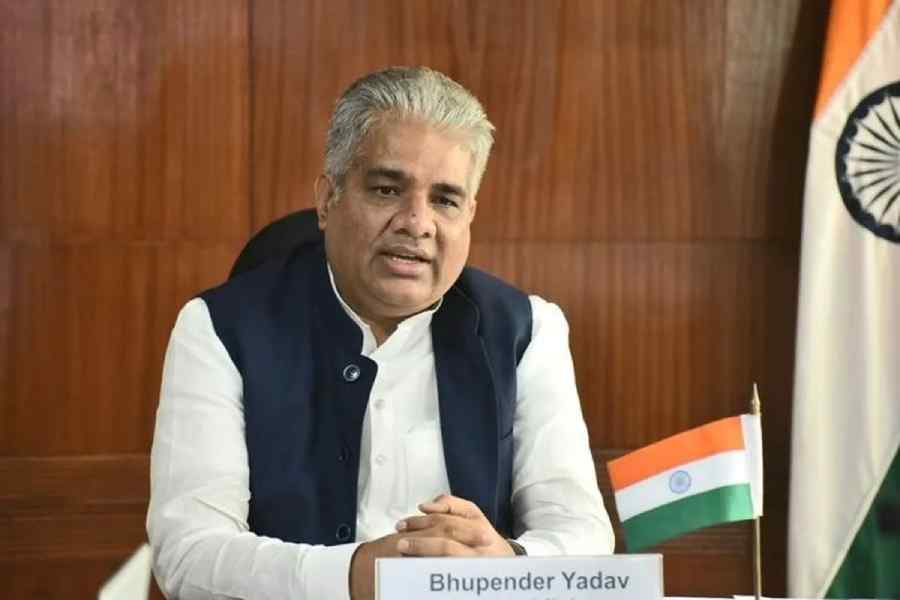Dibrugarh, June 24: Thirteen years after the first military offensive against the Ulfa in Lakhipathar, over 1,000 army, paramilitary and police personnel have fanned out into the jungles of the area once again to flush out the group of militants suspected to be behind the recent strikes across Upper Assam.
The operation is said to be the biggest in terms of manpower and armoury since the army launched Operation Bajrang in this very area in 1990, marking the beginning of a sustained counter-insurgency drive.
Army sources said the forces, armed with mortars and rocket-propelled grenades, were being aided by surveillance helicopters.
Maj. Gen. H.S. Batra, general-officer-commanding of 2 Mountain Division, made an aerial survey of the area today along with other senior army officials. The 2 Mountain Division is in charge of counter-insurgency operations in Dibrugarh and Tinsukia districts of Upper Assam and Tirap and Changlang districts of Arunachal Pradesh.
Army officials said a heavily armed, 70-member Ulfa team was holed up in the jungles of Lakhipathar and the adjoining Upper Dehing forest reserve, both in Tinsukia district. The same group is suspected to have carried out the ambush on an army convoy yesterday and the attack on an oil-collecting station of Oil India Ltd last week. Nine army personnel were injured in the ambush.
“We have definite information that the Ulfa team is still inside the forests of Lakhipathar,” an army official said.
He said forces had sealed all exit routes from Lakhipathar, which is about 10 km east of Digboi and 60 km from Dibrugarh town. However, he declined to specify the number of troops involved in the combing operation. Unofficial sources said the strength of the team was over a thousand.
Lakhipathar became known only after the army launched its first major operation against the banned Ulfa on November 28, 1990. Thousands of troops, armoured vehicles and heavy artillery, including tanks, were pressed into service during the operation.
The Ulfa had established its general headquarters in the interiors of Lakhipathar and its council headquarters in the adjoining Saraipung forest reserve in the early 80s. The outfit’s commander-in-chief, Paresh Barua, and its arrested general secretary, Anup Chetia, were directly involved in the task of setting up these bases.
After the military operations Bajrang and Rhino, the Ulfa shifted its bases to the Himalayan kingdom of Bhutan.
As a new anti-Ulfa offensive got under way in Lakhipathar, the strategy group of the unified command for counter-insurgency operations met at the Narengi army camp in Guwahati to take stock of the situation in the state.
Though army officials described the meeting as regulation stocktaking exercise, they did admit that the Ulfa’s new-found vigour was the main topic on the agenda. The meeting felt the outfit had launched the recent attacks to boost the morale of its members following a series of setbacks in the past six months.
The police got wind of the presence of Ulfa militants along the Assam-Arunachal Pradesh border after the arrest of three militants, including a self-styled lance corporal, on June 9.
“The arrested militants told interrogators that nearly 70 Ulfa members carrying sophisticated weapons had entered Dibrugarh and Tinsukia districts and were planning to strike at security forces and oil installations,” a source said.
He said the 70-member team had split into several groups, headed by Ulfa leaders Achinta Saikia, Prabal Neog, Dibakar Moran, Jiten Dutta, Ujjal Gohain and Pranab Kashyap.











